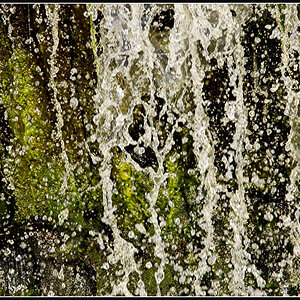beastman
TPF Noob!
- Joined
- Oct 13, 2008
- Messages
- 10
- Reaction score
- 0
- Can others edit my Photos
- Photos OK to edit
hello all, first post here.
ive read a few posts mentioning raw mode so you can alter the image afterwards, but you can do that in photoshop with the normal jpg pictures. what are the advantages of using raw mode?
ive read a few posts mentioning raw mode so you can alter the image afterwards, but you can do that in photoshop with the normal jpg pictures. what are the advantages of using raw mode?


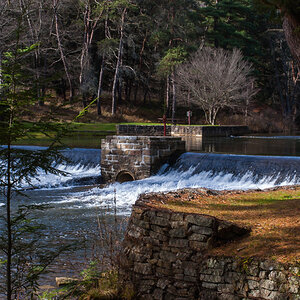
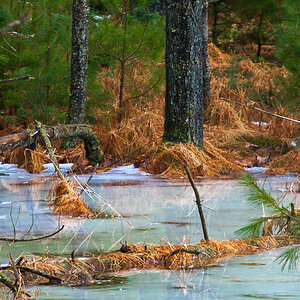
![[No title]](/data/xfmg/thumbnail/37/37621-b86590cf53fc4001d12701ee3091029b.jpg?1619738152)
![[No title]](/data/xfmg/thumbnail/32/32838-c28b0c47ca2cb319a1f97cc29ed60d61.jpg?1619735681)
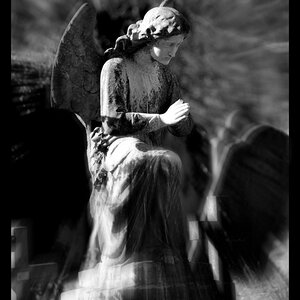
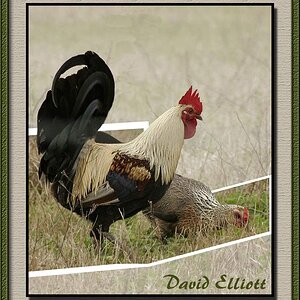
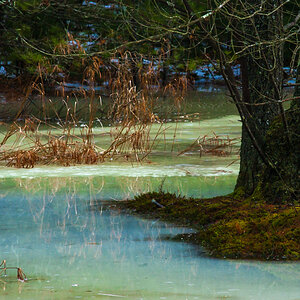
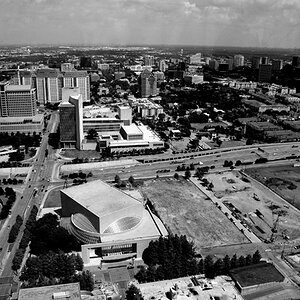
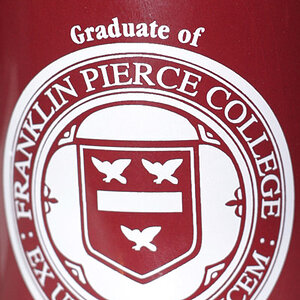
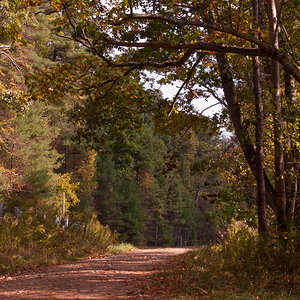
![[No title]](/data/xfmg/thumbnail/32/32950-1cc3896bf614e9412d7fda271f5e63c8.jpg?1619735784)
